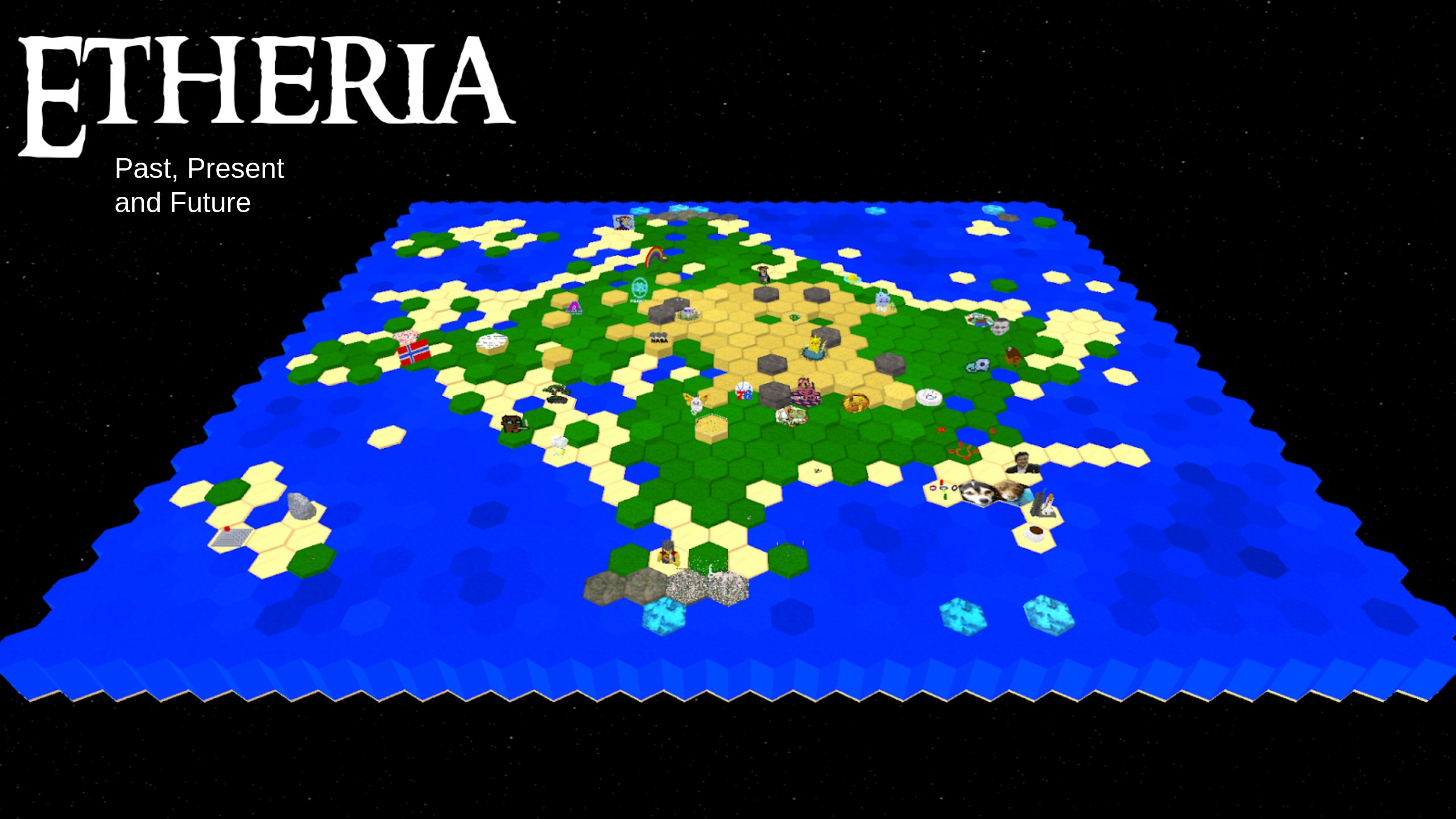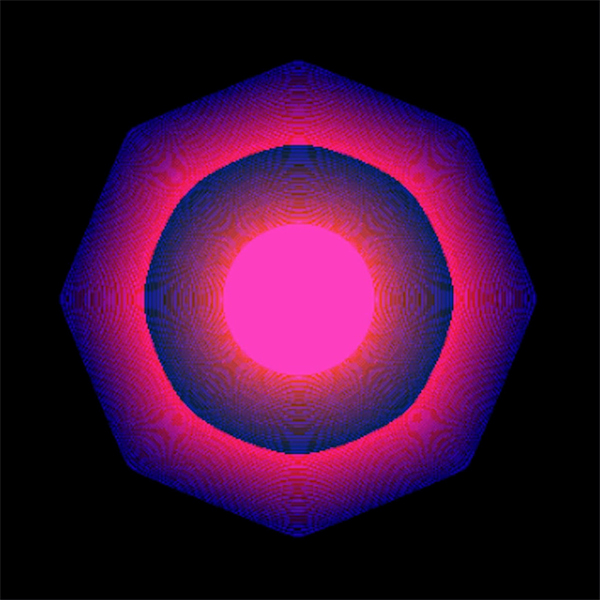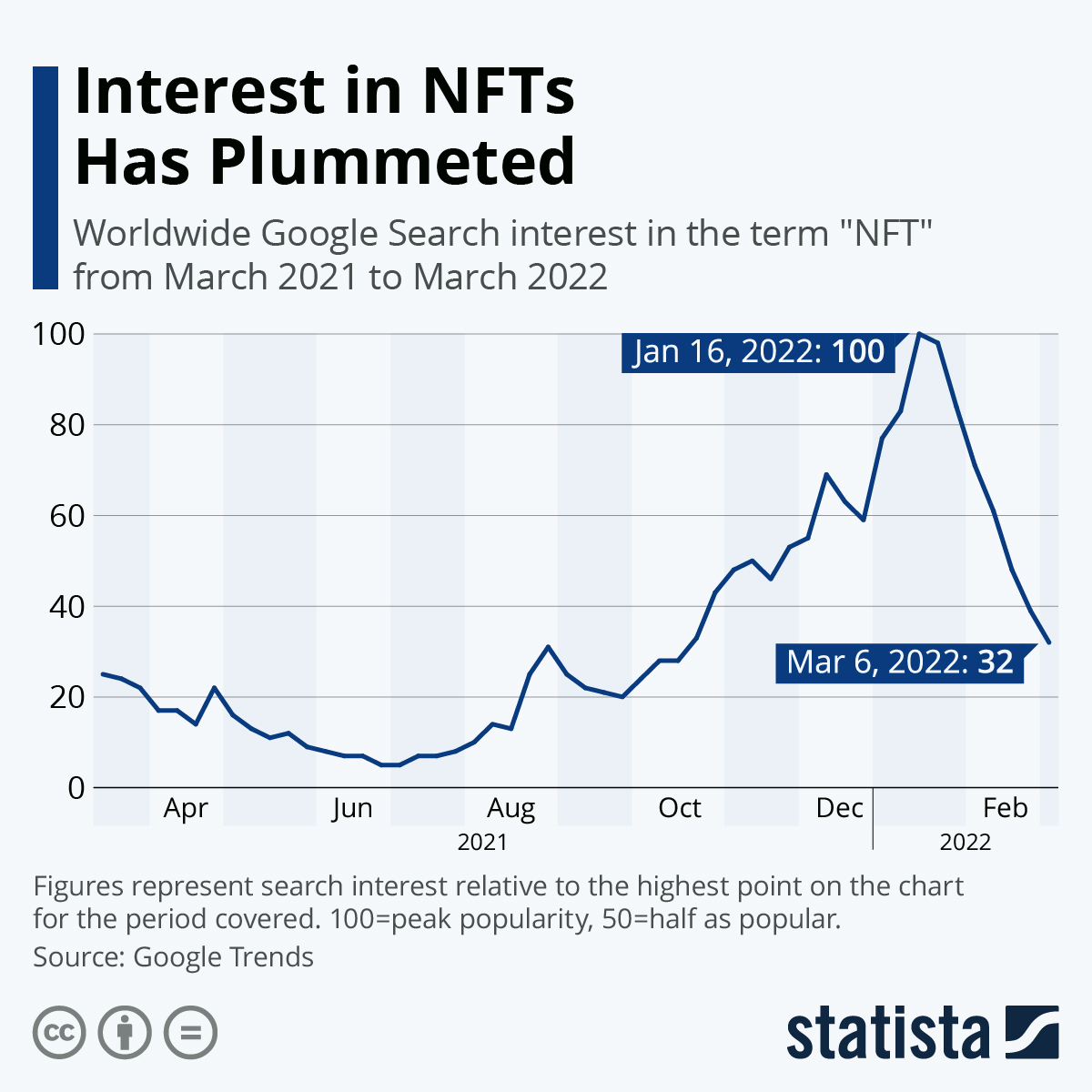
Ethereum Network’s first NFT (Source: Twitter)
NFTs, also known as non-fungible tokens, are the craze in the crypto world as we know it. What is crazier is that many people can claim to know NFTs but know absolutely zero things about them. Go online and type in the search keywords “What are NFTs?” You’d find multiple cryptic definitions of all that NFT is about, which do little to assuage people’s many questions. In this article, we will dissect the basics of NFTs so you can understand what they signify and how you can get started with them. We will be answering most of the riddles around NFTs.
What are NFTs?
The most common explanation is that NFTs are digital pieces of content with cryptographically unique tokens embedded in them. They are pieces of art to which people can own exclusive rights with a stamp of ownership as licensed by the creator. These include fine art pieces, music, videos, and other forms of digital collectibles for video games. However, these do not just exist as mere art that anyone can produce. NFTs also double as items of financial security in which digital data are stored on a secure ledger or blockchain, as some would prefer to call it.
Okay, so I understand that NFTs are creative pieces that can function as collectibles in video games, videos, or unique images. How do I create NFTs? And how do I maintain ownership?
There is no real biggie to owning NFTs and, in many ways, different from cryptocurrencies. NFTs are severely limited in supply, and the non-fungible in their name means they are contracted individually. Thus, each piece of NFT is unique and cannot be replicated. Although two NFTs may appear identical from different makers, the cryptographic signatures are not the same.
And often, this is what people did not understand when NFTs first hit the market. There was an immense struggle to make sense of the legal rights that could assure people that the NFT they own is the real deal. There is no literal legal meaning, and the copyright/intellectual property laws do not apply to NFTs majorly because of their predisposition to operating on a decentralized blockchain.
A brief history of NFTs
It wasn’t until the coronavirus-dominated year 2020 that NFTs became a bid deal, with some expensive sales of iconic NFT pieces making waves in the NFT market. The NFT market generated over $20 billion, especially when people used NFTs as speculative assets.

Quantum: The first known NFT (Source: EconomicTimes)
The first NFT was a video named Quantum created back in 2014, and it was sold for $4. NFTs were referred to as monetized graphics. The 2015 Etheria represents the first known NFT image production during Ethereum’s early years. At the time, none ot the NFT tile was sold as one Ethereum was sold for less than 50 cents. They were smart enough to wait six more years before shipping Etheria out into the market in 2021, and 457 pieces of Etheria tiles got sold for $1.4 million.

NFT Transaction volume in 2021 (Source: Chainalysis)
A lot of NFTs were sold in their millions in 2021, but the highest and most expensive NFT is entitled “Merge,” an inspiring work created by artist Pak. The NFT sold for $91.8 million. The second highest selling NFT is the series “Everydays: the FIrst 5000 Days” created by Beeple, a nickname for Mike Winkelmann, an artist. Legitimate transactions of this magnitude have rubbished all claims that NFTs are just a short-term buzz and lack real value likewise, they are a part of a much bigger Ponzi scheme waiting to be unraveled.
What can we expect from NFTs in 2022?
This year has not exactly worked out well for the NFT ecosystem in 2022. The expectations were pretty high for NFTs and their subset, metaverse applications. The NFT boom seemed to have died out after the once healthy and bullish crypto ecosystem, backed by overwhelming positivity from investors worldwide. And at the center of it all is the crushing weight of Bitcoin’s bear market.

Bears got a hold of the NFT market (Source: Statista)
As virtually every utility cryptocurrency is enduring a difficult bear market, NFTs have also suffered. Most NFTs are based on cryptocurrencies to whose blockchains they are used. The inherent value of an NFT may be 5 ETH, which doesn’t change, but the worth of the NFT will differ depending on the value of the underlying token. So, an NFT valued at 5 ETH when one ether was $3000 ($15,000) would be worth just $5000 when a single ether is valued at $1000, as the case is in the current bearish market. The best thing to happen to NFTs is a general market recovery, with BTC returning to former highs. It will trigger other NFT-based projects to increase in value; ultimately, we might have another extended NFT boom on our hands.
The future of NFTs
Despite the bear market, there are prospects of an increase in the utility of NFTs, especially at the governmental level.

The future of NFTs and the Key Players (Source: PRNewswire)
A report revealed that Binance CEO, Changpeng Zhao, also known as CZ, is currently working with certain government agencies to see if NFTs can be used in ID-ing citizens. This would mean that each citizen’s image exists as a sole NFT and is kept, albeit not for commercial purposes. Another amazing use case for NFTs we look forward to is Meta’s support for NFTs as a form of aid for creators. The company would do this through the Facebook platform to encourage the best content creators.
Conclusion
Please note that anybody can own an NFT within legitimate rights. We often get questions about how to create NFTs and whether I need coding skills. Understandably, the stereotype regarding digital items and collectibles is that you must have a deep background in coding. No, that is not remotely true, and you needn’t have written a single line of HTML code before learning about NFTs.
You can take advantage of the current market lows to study intently all there is to learn about the NFT market and decide to become a part of the next wave of the NFT boom.
Sources
https://www.theatlantic.com/ideas/archive/2021/04/nfts-werent-supposed-end-like/618488/
https://www.pymnts.com/nfts/2022/nfts-hit-17b-in-trading-in-2021-up-21000/
https://www.wsj.com/articles/nft-sales-are-flatlining-11651552616
https://www.wired.com/story/gadget-lab-podcast-495/
https://theconversation.com/when-you-buy-an-nft-you-dont-completely-own-it-heres-why-166445
https://today.law.harvard.edu/memes-for-sale-making-sense-of-nfts/
https://www.statista.com/chart/27030/google-search-interest-in-nft/
https://blog.chainalysis.com/reports/nft-market-report-preview-2021/
https://mobile.twitter.com/etheria_feed/status/1510653466045255687/photo/1
